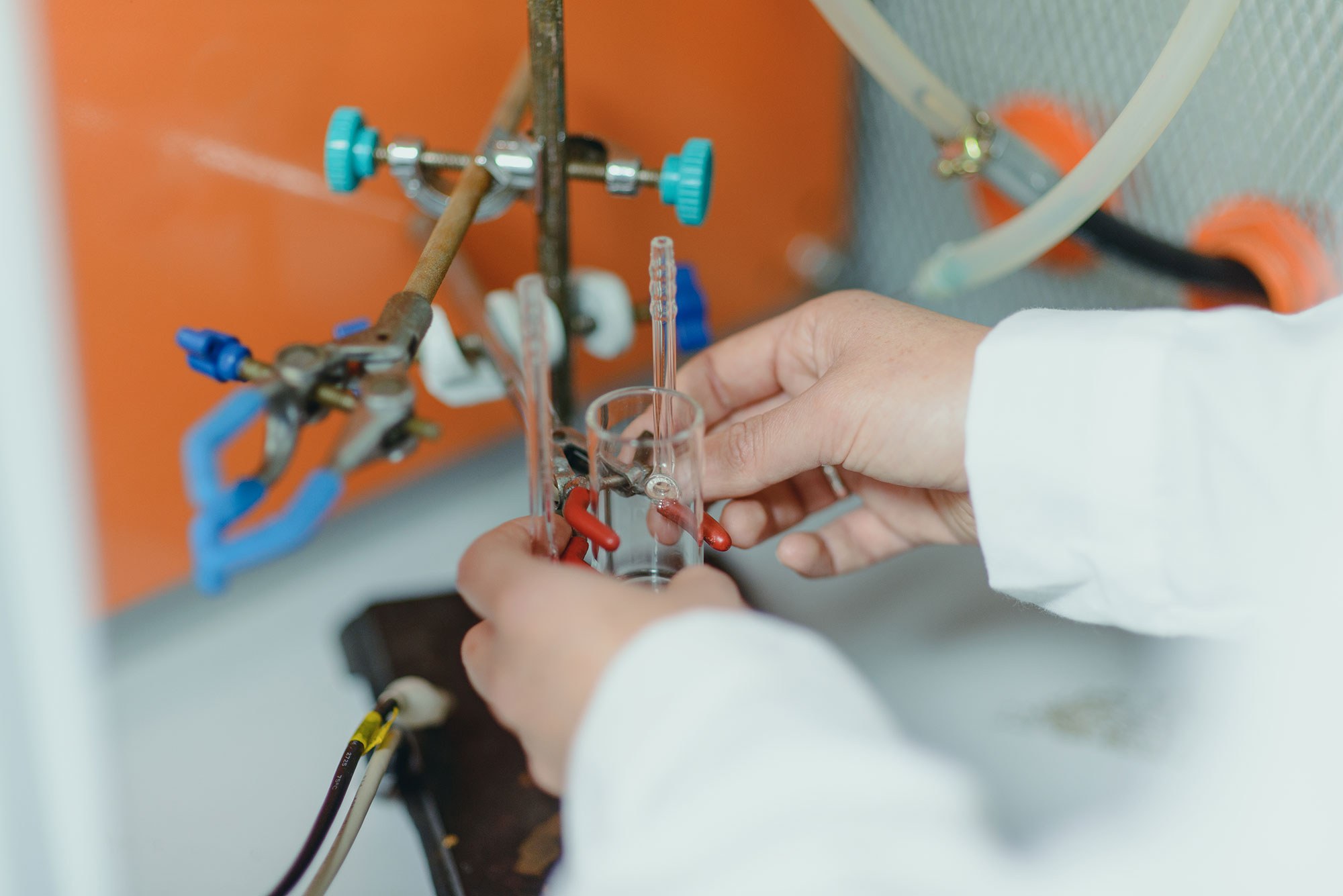Millán, E. N., Planes, M. B., Urbassek, H. M., & Bringa, E. M. (2023). A Monte Carlo code for the collisional evolution of porous aggregates (CPA). Astronomy and Astrophysics, 672, A50. https://doi.org/10.1051/0004-6361/202243069
Abstract:
Context. The collisional evolution of submillimeter-sized porous dust aggregates is important in many astrophysical fields.
Aims. We have developed a Monte Carlo code to study the processes of collision between mass-asymmetric, spherical, micron-sized porous silica aggregates that belong to a dust population.
Methods. The Collision of Porous Aggregates (CPA) code simulates collision chains in a population of dust aggregates that have different sizes, masses, and porosities. We start from an initial distribution of granular aggregate sizes and assume some collision velocity distribution. In particular, for this study we used a randomize distribution and a Maxwell-Boltzmann velocity distribution. A set of successive random collisions between pairs of aggregates form a single collision chain. The mass ratio, filling factor, and impact velocity influence the outcome of the collision between two aggregates. We averaged hundreds of thousands of independent collision chains to obtain the final, average distributions of aggregates.
Results. We generated and studied four final distributions (F), for size (n), radius (R), porosity, and mass-porosity distributions, for a relatively low number of collisions. In general, there is a profuse generation of monomers and small clusters, with a distribution F(R)∝R−6 for small aggregates. Collisional growth of a few very large clusters is also observed. Collisions lead to a significant compaction of the dust population, as expected.
Conclusions. The CPA code models the collisional evolution of a dust population and incorporates some novel features, such as the inclusion of mass-asymmetric aggregates (covering a wide range of aggregate radii), inter-granular friction, and the influence of porosity.


